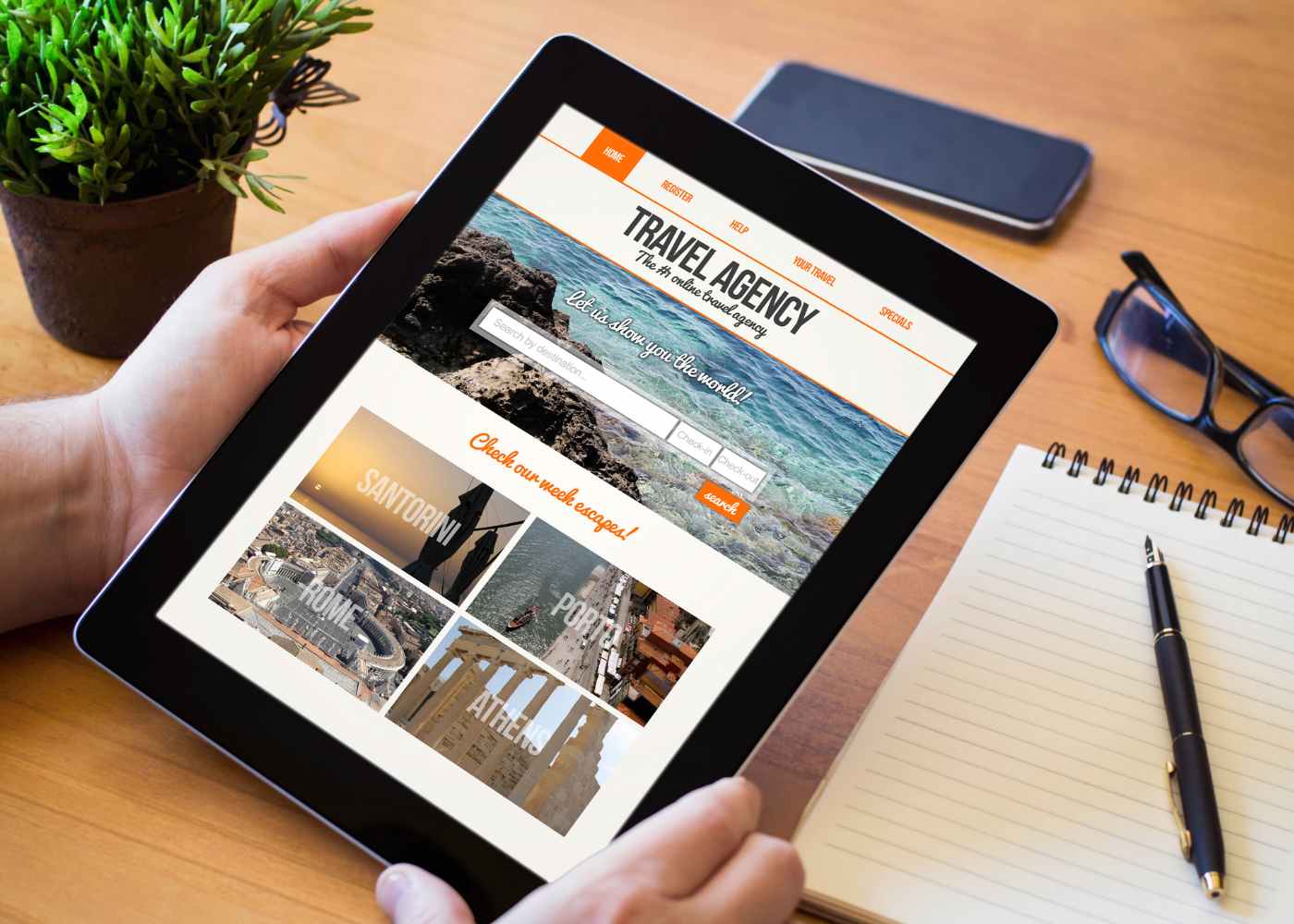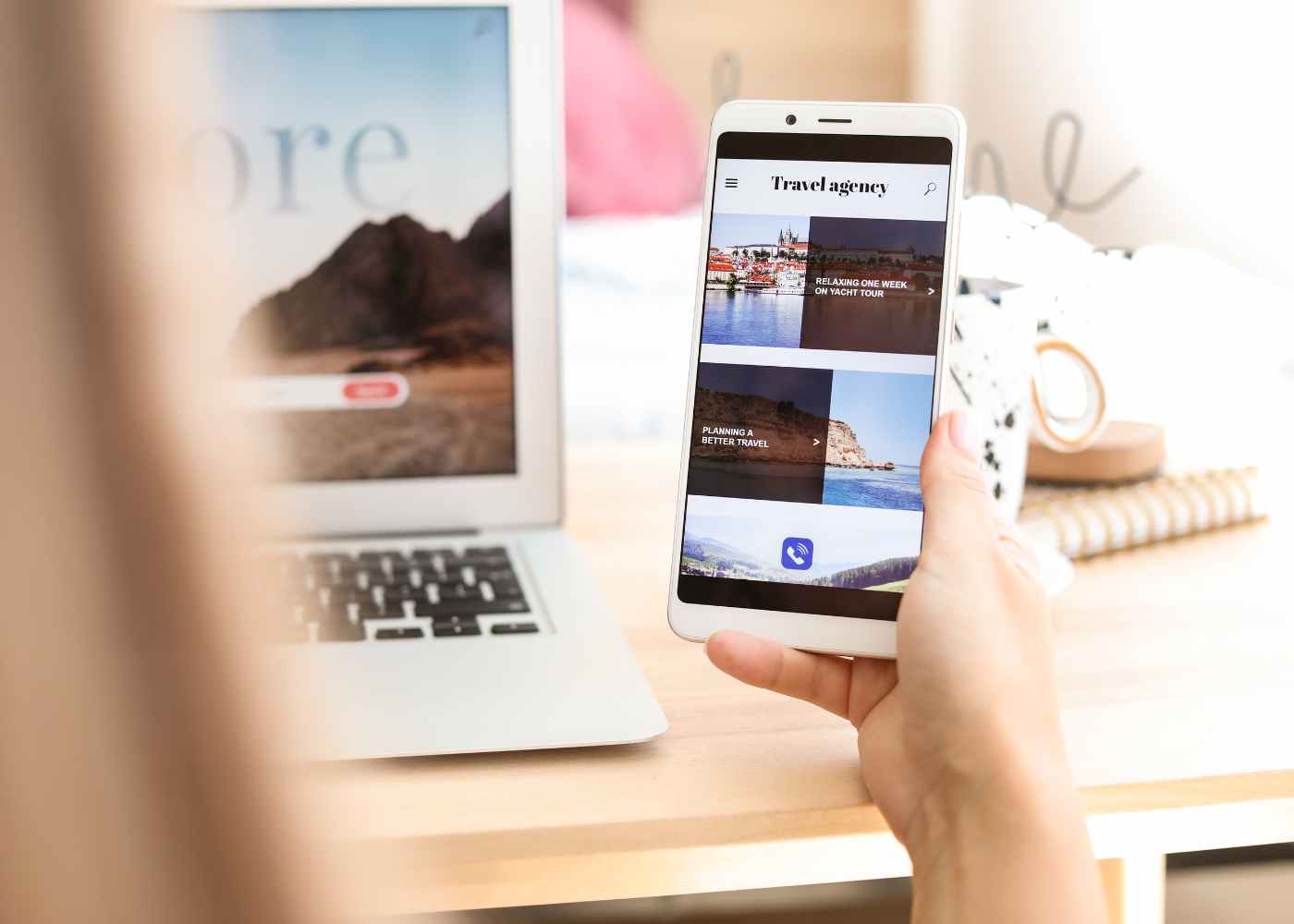Navigation and Information Architecture in travel website design refers to the way that users interact with a website. It includes everything from the structure of content, navigation menus, search bars, page titles, labels and icons. A well-designed information architecture ensures visitors can find what they are looking for quickly and easily. Benefits of having a good information architecture include increased user satisfaction due to improved usability, better search engine optimization (SEO) which leads to more organic traffic and higher conversion rates due to an improved customer experience.
Understanding User Needs and Preferences
User needs and preferences are the foundation for successful travel website design. To ensure that users have a positive experience on a travel site, designers must first understand what motivates them to use the site, as well as their expectations and concerns.
Analyzing user needs and behavior involves looking at how users interact with the website and which areas they visit most frequently. This data can then be used to inform decisions about where content should be placed within the navigation structure of the website so that it is easy to find. Additionally, analyzing user behavior can help identify any potential usability issues or confusing elements in order to improve user experience.
The next step in creating an effective travel website design is analyzing user motivations and preferences. Understanding why users come to your site allows you to create content specifically tailored towards meeting their needs or interests. It also helps guide decisions around page layout, imagery, color scheme and other visual elements of web design that influence a visitor™s perception of your brand identity or message. Researching popular trends within the industry can also provide valuable insight into understanding user motivations when designing a travel website.
Designing for Search Engine Optimization
Once the basics of search engine optimization have been established, it is important to plan a website structure that works in tandem with SEO efforts. This includes developing logical categories and subcategories for content organization, as well as creating an easily navigable structure that will be favorable towards both users and search engines. Additionally, designers should take into consideration factors such as keyword research and targeted phrases when designing page titles or URLs for maximum visibility in search engine results pages (SERPs).
In order to ensure optimal performance across devices, web designers must also consider how their travel website design will appear on mobile devices such as smartphones or tablets. Responsive design techniques allow websites to adjust automatically based on the device being used so that visitors get a seamless experience regardless of how they are accessing the site. Other considerations include ensuring images are optimized for different screen sizes so that loading times don™t suffer due to large files slowing down the web page.
Finally, incorporating interactive elements can help engage visitors and increase time spent on site which can positively impact SEO rankings over time. Features like maps or booking forms can make it easier for users to complete tasks quickly while providing valuable information about user behavior which helps inform future decisions around website design and functionality.
Usability Testing
Usability testing is an essential part of any website design process. By evaluating how users interact with the site, designers can identify areas for improvement and make sure that visitors are able to find what they™re looking for quickly and easily. The planning stage of the usability testing process involves setting up a test environment and defining objectives such as identifying potential issues or areas of confusion on the website. This helps focus the evaluation process so that testers can be asked specific questions about their experience in order to gain valuable insights into user behavior.
When performing usability tests, it is important to consider factors such as task difficulty, time taken to complete tasks, errors made (if any) and overall satisfaction levels among other metrics. Analyzing this data allows designers to pinpoint problems within a website structure which can then be modified accordingly in order to improve user experience. This typically includes changes like reorganizing content according to popular search terms or adding labels/icons for ease of navigation. Additionally, testers should also document suggestions from participants which could help inform further modifications or additions down the line if needed.
Overall, usability testing plays an integral role in ensuring travel websites are designed with users in mind by providing insight into how people interact with them while allowing designers to adjust elements based on real-world feedback from actual visitors rather than assumptions alone
Information Hierarchy
Creating a logical information hierarchy is essential for effective travel website design as it ensures that visitors are able to find the content they need quickly and easily. A well-structured hierarchy helps organize content into categories and subcategories so that users can identify relevant sections with minimal effort. Additionally, having an organized structure will also make it easier for search engines to index the site™s pages which can improve visibility in SERPs.
Identifying a menu structure is another important step when designing a travel website. This involves deciding on where different elements such as navigation menus, search bars or page titles should be placed within the overall layout of the site in order to ensure maximum usability. It also includes decisions such as what type of language (e. g., descriptive labels) should be used for each menu item and how many levels of submenus there should be if any. Doing this allows designers to create an intuitive user experience by providing easy access points from anywhere within the website, encouraging visitors to explore further rather than leaving due to confusion or lack of direction.
Labels
Using descriptive and meaningful labels is an important part of creating effective navigation menus for travel websites. Labels should clearly describe the content that users will find when they click on a link, making it easier to identify relevant sections or pages. Additionally, using keywords within labels can also help improve visibility in search engine results which could result in more organic traffic.
Icons are another useful tool for making navigation menus more intuitive as they provide an additional visual cue along with text-based labels. Icons are often used to indicate different categories or topics within a website, allowing visitors to quickly identify where information about their desired topic may be located without having to read through lengthy descriptions or long lists of items. This can significantly reduce the amount of time spent navigating a site as well as providing an overall better user experience due to improved usability
Conclusion
Creating an effective travel website design requires careful planning and consideration of a variety of factors such as user motivations, SEO optimization, device compatibility and interactive elements. It is important to analyze user behavior in order to identify any potential usability issues which could be affecting the overall user experience. Additionally, employing techniques like keyword research can help improve visibility in search engine results pages (SERPs) while using descriptive labels or icons within navigation menus makes it easier for visitors to find relevant content quickly. Usability testing provides valuable insight into how people interact with websites which can then inform decisions around modifications or additions that may be necessary for the user™s best experience. Ultimately, by taking these steps when designing a travel website designers have a better chance of ensuring their site meets users™ needs and expectations effectively.







fabian-cortez
Poland Web Designer (Wispaz Technologies) is a leading technology solutions provider dedicated to creating innovative applications that address the needs of corporate businesses and individuals.